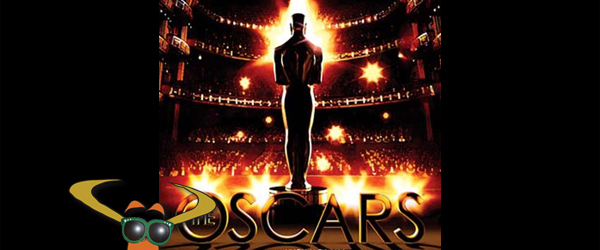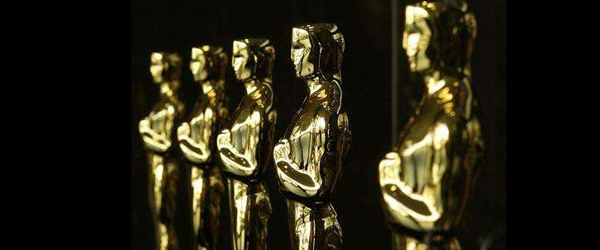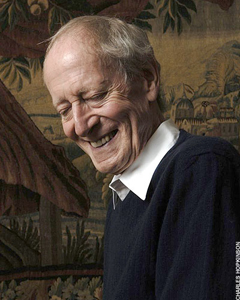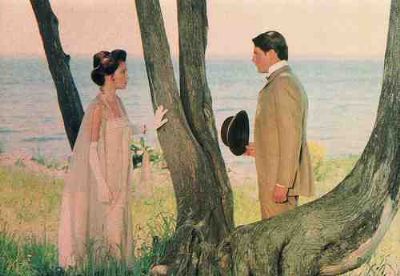 Let’s have some fun today, with some random fun Oscar facts. These are just fun little tidbits you may or may not already know, but will take you on a fun little trip down Oscar Lane. Join us in our forums HERE and tell us what you think!
Let’s have some fun today, with some random fun Oscar facts. These are just fun little tidbits you may or may not already know, but will take you on a fun little trip down Oscar Lane. Join us in our forums HERE and tell us what you think!
Didja Know?
– The most Oscars awarded to any film were 11. There is a current three-way tie for that number; Ben Hur in 1959, Titanic in 1997 and The Lord Of The Rings: Return Of The King (which won in every category it was nominated for) in 2003.
– The most Oscars to any film that didn’t win Best Picture: Cabaret won 8 Oscars in 1972, but lost Best Picture to The Godfather.
– The only silent film to win Best Picture was Wings in 1927.
– The only X-rated film to win Best Picture was Midnight Cowboy in 1969.
– The shortest film to win Best Picture was Marty in 1955.
– The longest film to win Best Picture was Gone With The Wind in 1939, which had a running time of 234 minutes. (That’s 3 hours and 54 minutes!)
– The last movie in black and white to win Best Picture was Schindler’s List in 1993. Before that was The Apartment in 1960.
– The most Oscars to any actor was 3, to Walter Brennan (all Best Supporting Actor) and Jack Nicholson (2 Best Actor, 1 Best Supporting Actor).
– The most Oscars to any actress was 4, to Katherine Hepburn (all Best Actress).
– The youngest Best Actor winner was Adrien Brody, at age 29, for The Pianist in 2002.
– The youngest Best Actress winner was Marlee Matlin, at age 21, for Children Of A Lesser God in 1986.
– The oldest Best Actor winner was Henry Fonda, at age 76, for On Golden Pond in 1981.
– The oldest Best Actress winner was Jessica Tandy, at age 80, for Driving Miss Daisy in 1989.
– The only performers to be nominated for playing the same character in two different films was Bing Crosby as Father O’Malley in Going My Way in 1944 and The Bells of Saint Mary’s in 1945; Peter O’Toole as King Henry II in Becket in 1964 and The Lion In Winter in 1968; Al Pacino as Michael Corleone in The Godfather in 1972 and The Godfather: Part II in 1974; Paul Newman as Fast Eddie Felson in The Hustler in 1961 and The Color Of Money in 1986; Cate Blanchett as Queen Elizabeth I in Elizabeth in 1998 and Elizabeth: The Golden Age in 2007.
– The most nominations to any film was 14 for All About Eve in 1950 and Titanic in 1997.
– The most nominations to any individual was to Walt Disney, with 59 nominations.
– The only ties for major awards was for Best Actor in 1931 and that was between Wallace Beery in The Champ and Fredric March in Dr. Jekyll and Mr. Hyde as well as for Best Actress in 1968 between Katharine Hepburn in The Lion In Winter and Barbra Streisand in Funny Girl.
– The Academy Awards have been postponed three times: in 1938 for one week due to floods, in 1968 for two days due to the funeral of Martin Luther King, Jr. and in 1981 for one day due to the attempted assassination of President Ronald Reagan.
– Peter O’Toole has been nominated 8 times for Best Actor and has lost all 8 times. He did receive an honorary Oscar in 2003 but check out what he was nominated for and who he lost to:
– 1962: O’Toole was nominated for Lawrence of Arabia but was beaten by Gregory Peck for To Kill a Mockingbird
– 1964: O’Toole was nominated for Becket but was beaten by Rex Harrison for My Fair Lady
– 1968: O’Toole was nominated for The Lion in Winter but was beaten by Cliff Robertson for Charly
– 1969: O’Toole was nominated for Goodbye, Mr. Chips but was beaten by John Wayne for True Grit
– 1972: O’Toole was nominated for The Ruling Class but was beaten by Marlon Brando for The Godfather who declined the award
– 1980: O’Toole was nominated for The Stunt Man but was beaten by Robert De Niro for Raging Bull
– 1982: O’Toole was nominated for My Favorite Year but was beaten by Ben Kingsley for Gandhi
– 2006: O’Toole was nominated for Venus but was beaten by Forest Whitaker for The Last King of Scotland
Join us tomorrow for another edition of Oscar Didja Know! Leave us a comment below and let us know what you think!












